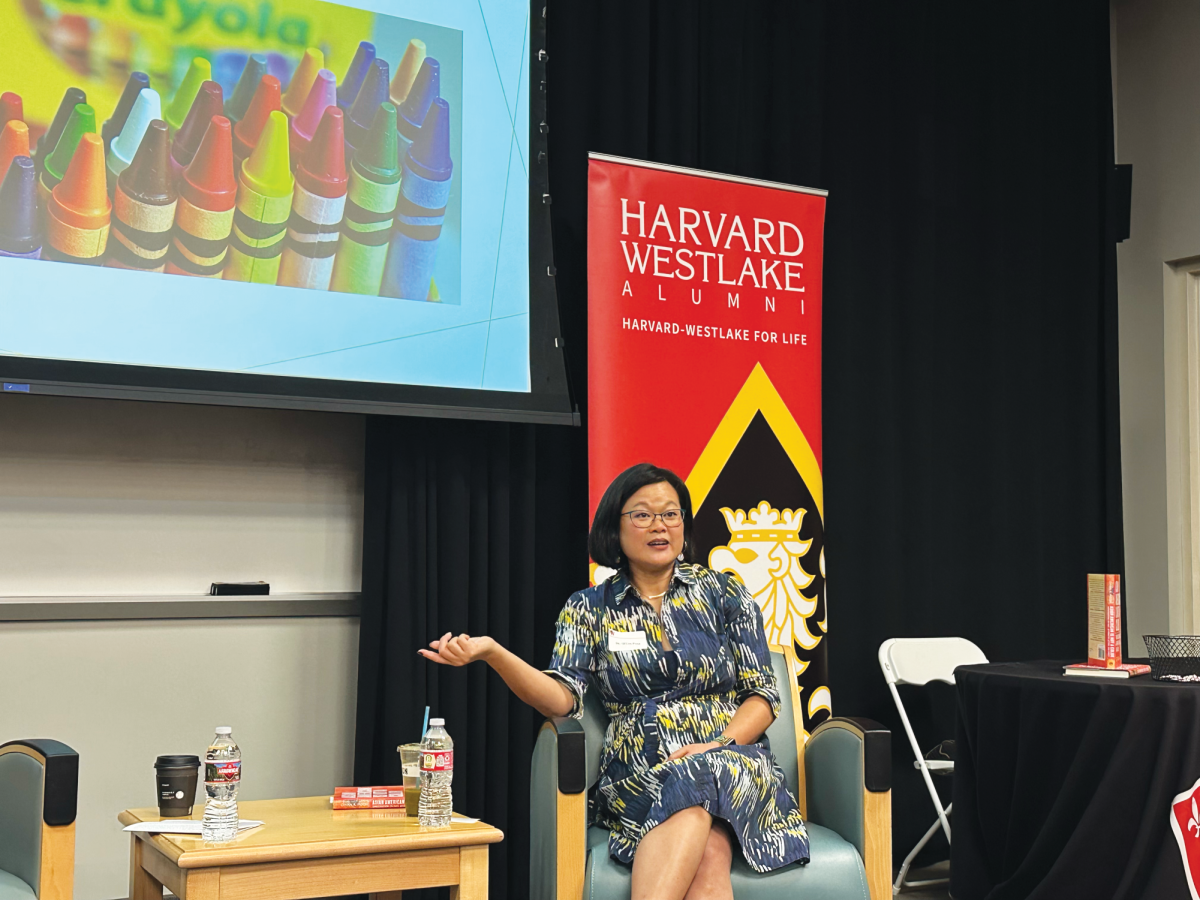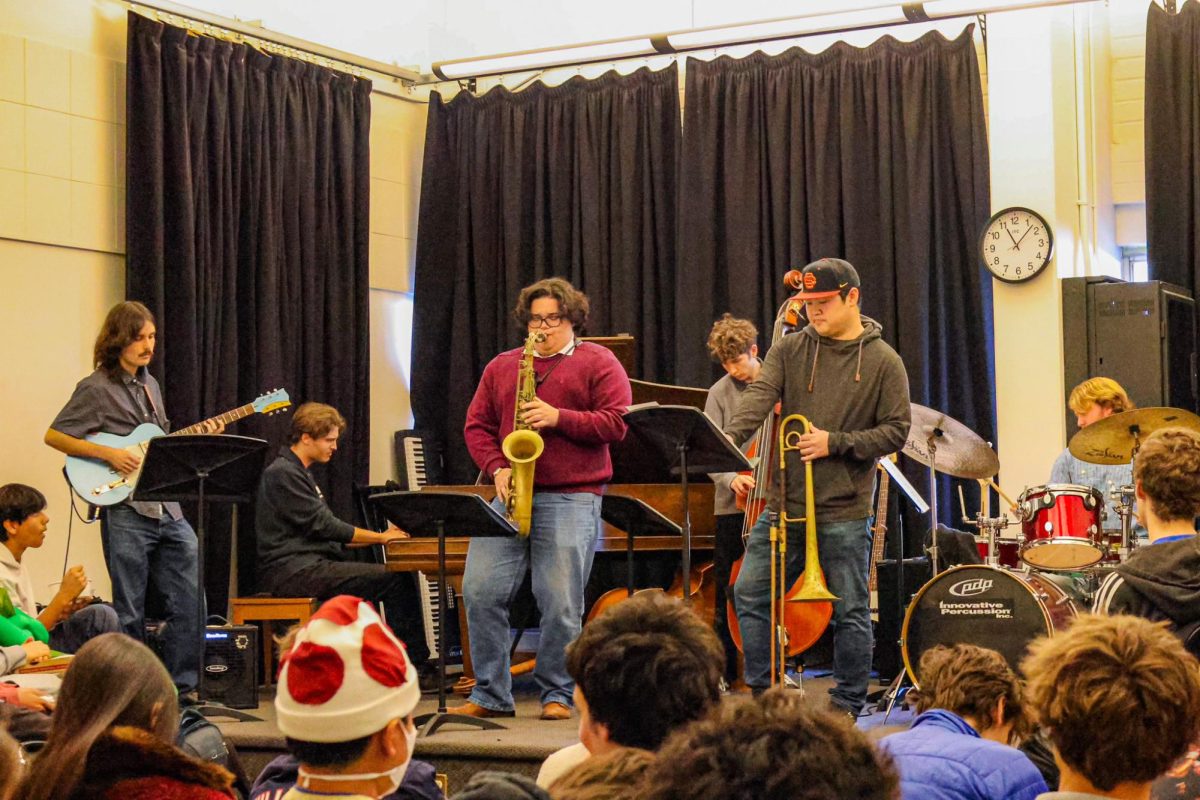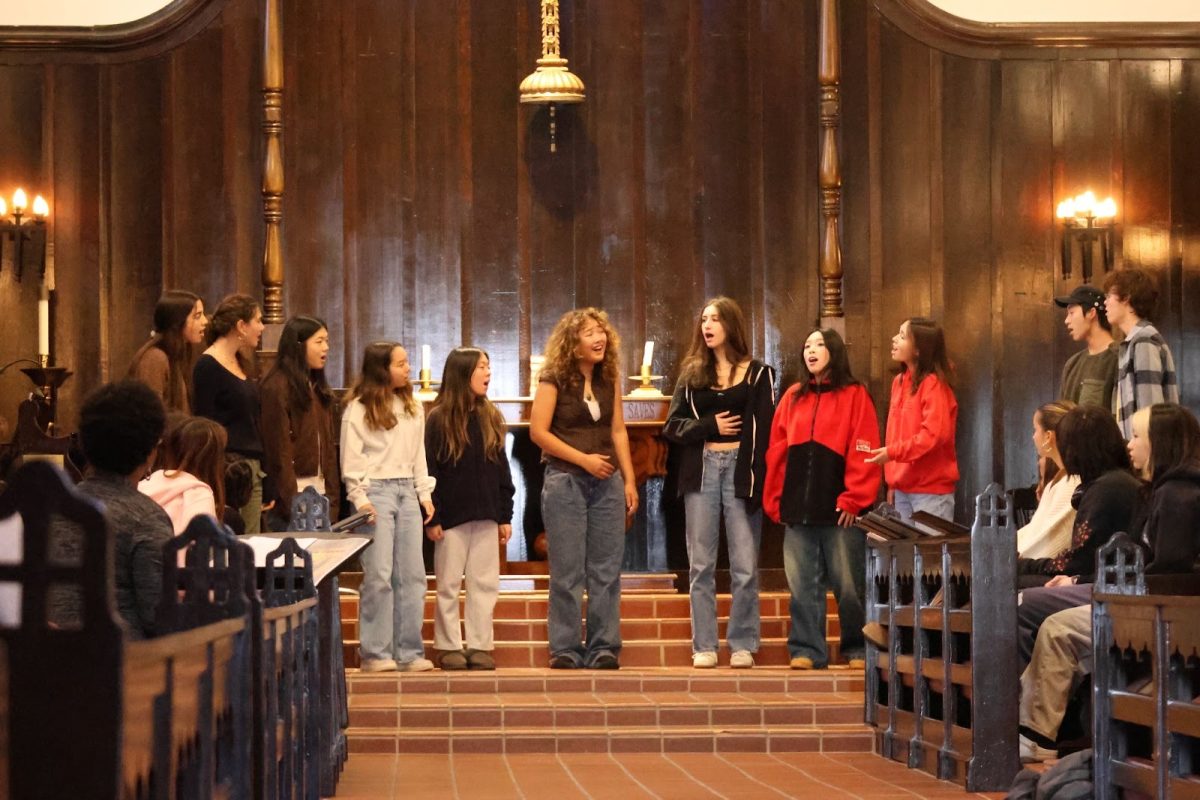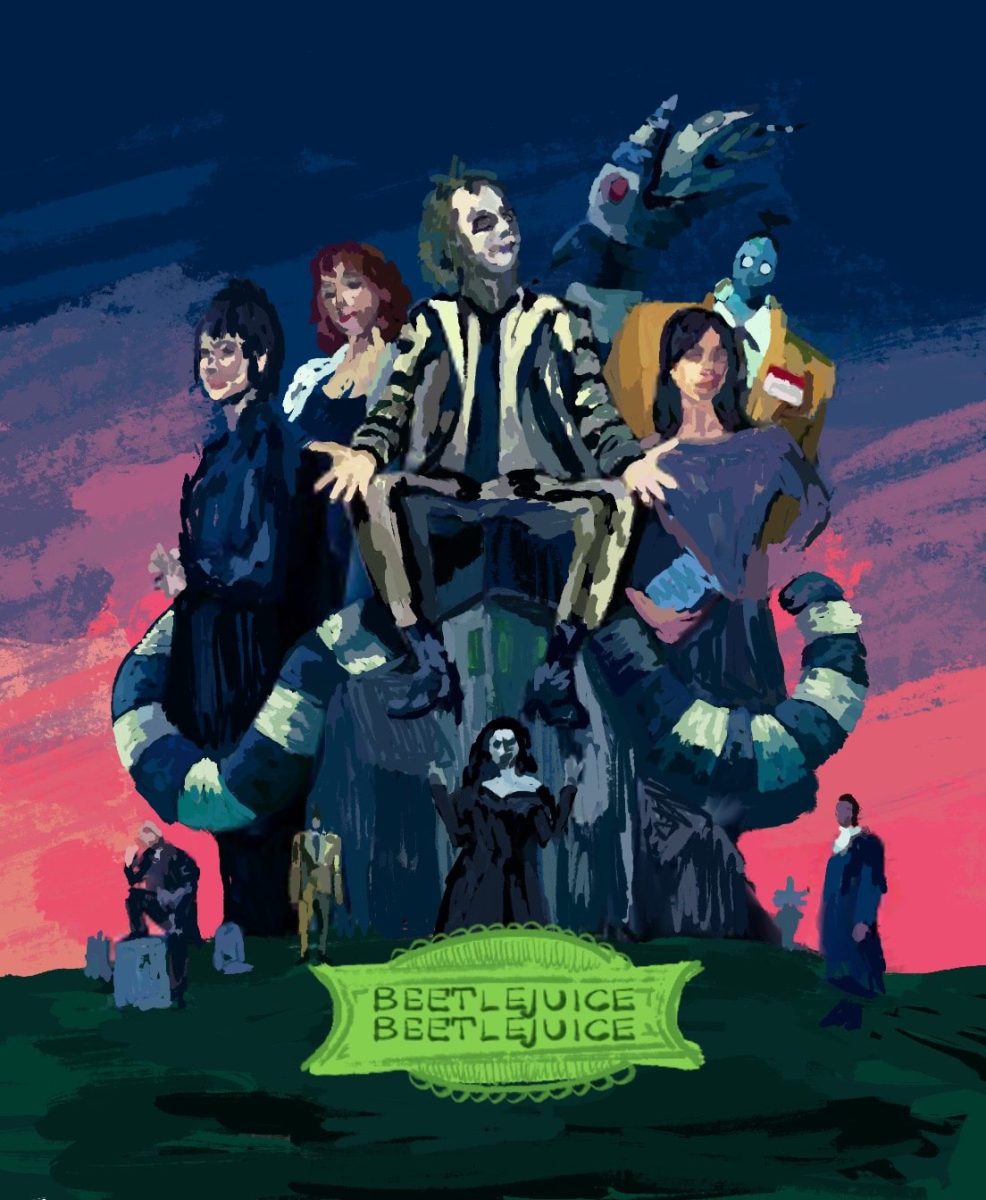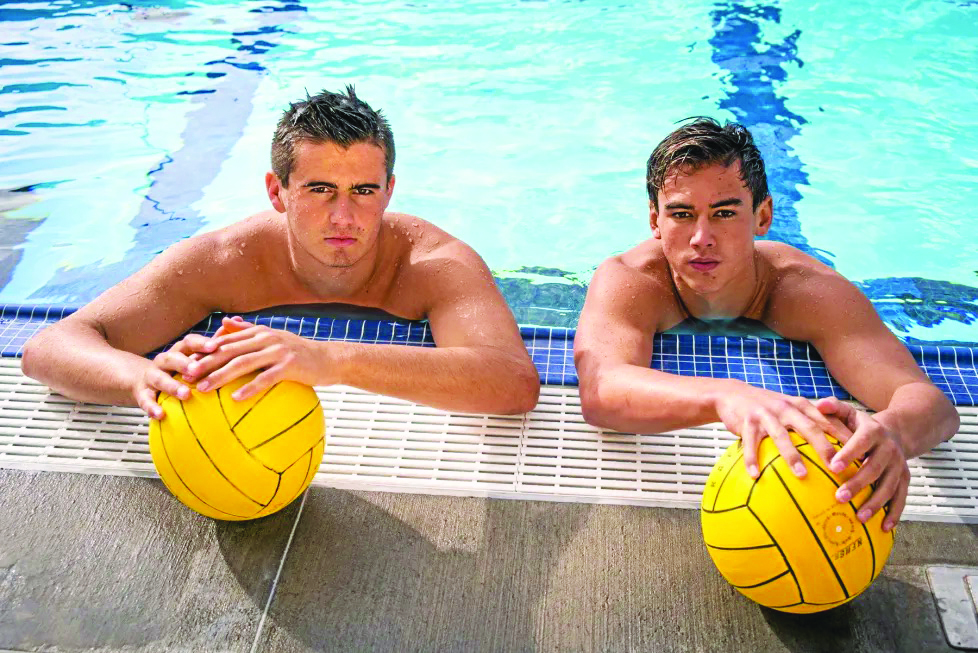The annual Spring Jazz Combo Concert was held in Rugby Auditorium on Feb. 24 and Feb. 25. On the first night, Jazz Ensemble Combo #1, Jazz Rhythm Section Combo #1, and Blue Whale Combo performed. On the second night, Jazz Ensemble Combo #2, Jazz Rhythm Section Combo #2, and Vanguard Combo performed. Jazz Explorers and the Advanced Jazz Combo performed both nights.
Finn Slootweg ’26 was part of the Jazz Ensemble Combo #1, and as someone who just started playing jazz, Slootweg said he appreciates the support the teachers have given him.
“I have loved the time that I’ve spent in the jazz program at the Upper School.” Slootweg said. “I was new to jazz this year and [Performing Arts Teacher Chris] Sullivan and the rest of the jazz faculty have been so helpful and patient when it comes to learning the basics of jazz. He’s also incredibly passionate about his job and it makes me more excited to learn from him.”
Slootweg said that he has been able to explore a variety of different styles of jazz this year.
“My favorite piece that [we] played was definitely ‘Take the A Train’ by Billy Strayhorn because I love faster swing pieces,” Slootweg said. “Walking bass lines are really fun to play and I think that swing songs bring an energy to jazz that isn’t seen with other genres of jazz music.”
Weston Fox ’24, who is also new to jazz and played in the Blue Whale Combo, said the Jazz program has taught him many new skills and improved his musicianship.
“I started with the Symphony for my first two years here,” Fox said. “While low brass isn’t really the focus in symphonic settings, it gave me time to improve my technique and tone while playing. I joined jazz this year and it’s amazing. I’m getting a chance to apply what I’ve learned while learning new things about improvisation and music theory.”
Fox said he enjoyed the smaller scale of the jazz combos.
“It was great to get to know my combo,” Fox said. “The majority of the time we only see each other in the context of the big band, so it’s nice to have the opportunity to get to know each other in a smaller setting.”
Sullivan said he chose to split the bands into combos in order to teach a wider variety of techniques.
“Playing in a small group emphasizes a different set of skills,” Sullivan said. “Because there are fewer musicians, everyone has more individual responsibility. In a big band setting, you may be one of five saxophones playing backgrounds while the trumpet section plays the melody.”
Sullivan said being in a combo gives the student musicians more creative freedom.
“In a combo, you will, at some point, be responsible for playing the melody and backgrounds on your own,” Sullivan said. “There is also a heightened emphasis on improvisation and communication. We talk about jazz theory and improvisation in all classes, but the combo setting is ideal for musicians to apply this knowledge as it allows for more freedom and flexibility.”

